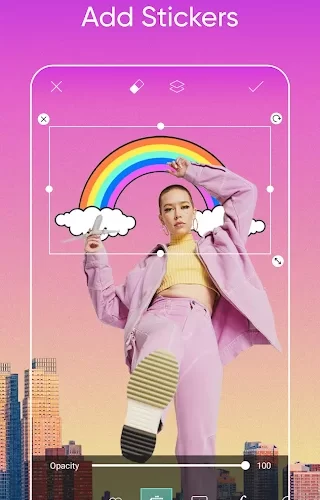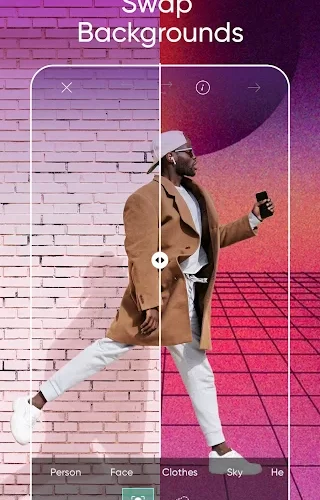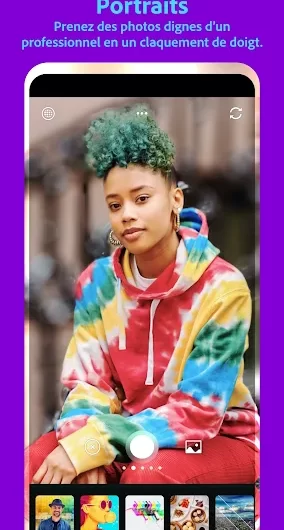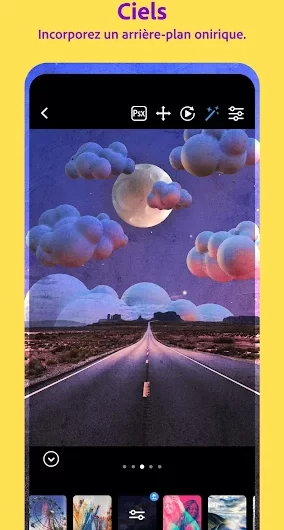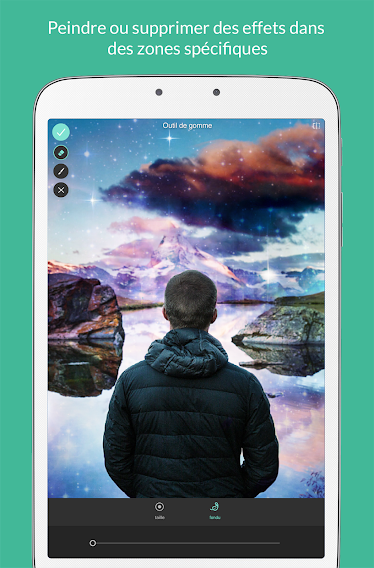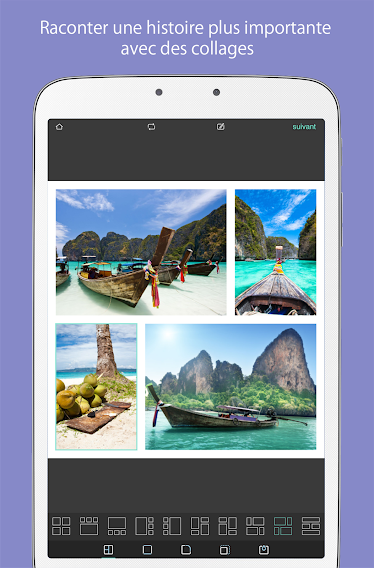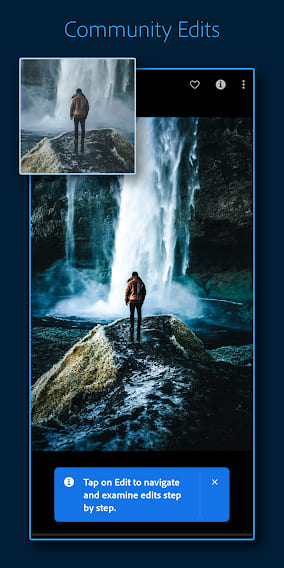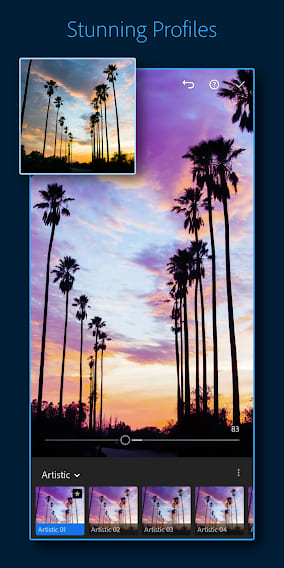Even if you have one of the best camera phones, you’ll still need one of the best photo editing apps to improve your photos.
While most phones come with software that allows you to trim and enhance your photos, the finest photo editing applications can do much more.
How did we come up with this list when there are hundreds of picture editing applications on the Apple App Store and Google Play Store? We did, after all, put them all to the test. Everything from a picture of your puppy to the perfect selfie, from a tantalizing shot of your meal to a hilarious gif will look better after you’ve used one of our top picks.
Every app on this list has been thoroughly reviewed by us to guarantee that it is intuitive, simple to use, and provides the proper tools for the job. We also searched for apps that provided something extra, such as super-easy image sharing or unique features not accessible elsewhere.
So keep reading to see our picks for the best photo editing apps.
– Which photo editing applications are the best?
PicsArt is our overall favorite photo editing app after testing more than a dozen popular apps. It provides a terrific variety of tools to improve your images, including AI photo effects, stickers, text overlays, and backdrops.
PicsArt also includes tutorials and a daily photo-editing challenge to help you improve your skills, as well as a library of images that you can alter yourself. Additionally, the app includes a social component that allows you to talk with other users and share your images with them. Snapseed has features like nondestructive editing, curves, RAW image editing, white balance exposure, and a double exposure filter if you’re seeking for something more thorough.
Layered effects can also be created, which can be saved and used to several photographs. However, it’s designed for people who have some experience with photo editing, so it has a steeper learning curve than some of the other programs on this list.
While Google Photographs’ editing options are limited, it is unrivaled when it comes to backing up not only your photos but also your videos and synchronizing them across any device you own, whether it’s a PC, Mac, tablet, or smartphone. Check out all of our recommendations for the finest photo editing applications.
in the List Below You find The Best 5 Photo Editing Apps For iPhone and Android in year 2022.
- PicsArt
- Snapseed
- Adobe Photoshop Camera
- Pixlr
- Adobe Lightroom
1. PicsArt

PicsArt is our favorite picture editing software since it’s simple to use and covers almost all of the bases for consumer mobile photography. It gives you a lot of creative power, fantastic image editing capabilities, and a lot of cool filters. You may also choose or make interesting stickers, mix your photos into fully customisable collages, add artistic text, and publish them quickly.
Pre-capture effects and photo capabilities are included in the full-featured camera module. Remix Chat allows you to share and collaborate on photos with PicsArt‘s 150 million monthly users, or just your pals. The program’s lessons are simple to follow, and challenges encourage users to submit their work based on a specific sort of edit or a theme, winners are announced in the app. by community vote.
Ads for PicsArt premium, on the other hand, appear regularly (and annoyantly) in the middle of editing sessions. To disable them and gain access to the video editor, as well as other tools, filters, and material, you must purchase a premium subscription for $11.99 per month or $55.99 per year. (Students get a discount as well).
PicsArt has a large and easy-to-use collection of photo-editing and collage-making tools for amateur photographers. It also gives you a lot of creative freedom while keeping things dynamic and exciting.
2. Snapseed
Snapseed isn’t for casual users, it’s for serious photographers who want or need to spend time on the road making the greatest possible image. As a result, it comes with a comprehensive set of editing tools, including selective edit brushes and a decent selection of film-related filters (such as Lens Blur, Retrolux and Double Exposure). Snapseed may be both entertaining and addictive for detail-oriented photographers.
As we explored with different settings, we loved traveling through its spectrum of exposure, color, masking and reshaping tools, brushes, and filters. You can always go into the Stack (the layers of edits) and amend or remove any edit because the editing is nondestructive (including correcting misspelled text).
You may also use a Stacks brush to apply an effect to a specific area of your image. You may also preserve a Stack of modifications you’ve made to a photo as a “Look,” which you can subsequently use on other photographs and share with others. Snapseed is one of the greatest photo editing software for serious photographers who want or need to spend time fine-tuning their photos, thanks to its outstanding traditional tools and nondestructive editing.
There is no paid version of the app available.
3. Adobe Photoshop Camera
Because of its AI, Adobe Photoshop Camera is one of the greatest picture editing apps. It performs special effects and photo fixes before or after you take a photo with your phone’s camera. Filters, sometimes known as “lenses,” are used in Photoshop Camera to create special effects or make color, lighting, and clarity modifications.
Camera’s usage of Adobe Sensei, which automatically recognizes the type of photo (portrait or landscape) and produces masks for crucial elements such as a face or the sky, sets it apart. The sky lenses, for example, can alter the color of the sky, add or remove clouds, and even add appropriate reflections in a body of water without impacting the rest of the image.
TOPTECH NEWS recommends :
- · Best 7 Sites to Read Manga Online and Have Fun
- · Best 5 Android Cleaner Apps to Keep Your Phone Clean
- · Best 5 Photo Editing Apps in 2022
- · Top 7 best apps to watch anime on Android and iPhone!
- · Best 20 Motivational Quotes Wallpapers 1080p For Phone
Additionally, some lenses feature “sprites,” which are intelligent objects that can be pinched, zoomed, and moved within a Sensei-defined area of the image. This allows you to resize and position lens-placed items (such as planets or clouds).
Some lenses also contain minor animations, such as shooting stars or a rocket ship blasting off. Adobe Photoshop for iPad contains a few useful desktop capabilities, such as the refine edge brush, which allows you to better define an object you wish to choose, and the ability to rotate the canvas. Both of these capabilities are also touch-enabled.
Adobe pledges to regularly release new lenses (all of which are free), some of which will be produced by celebrities and influencers. You can have hours of photo excursions because each lens has variations (accessible by swiping right or left).
PS Camera is a wonderful software that is essentially push-button photography, despite the fact that the effects may be tweaked. As a result, rather than pros or serious amateurs, it will appeal to fun-loving photographers. There is no paid version of the app available.
4. Pixlr
Pixlr is one of the greatest photo editing applications for the casual photographer who wants to fine-tune their photos, maybe add some cool effects, and then post them on whatever social media platforms they have on their phone.
The user interface is simple to grasp, so you can jump right into the fun of manipulating your images. Pixlr features a decent selection of easy-to-use photo editing tools without being overly complicated. Brushes for selective editing are included (such as darken or undo).
The special effect filters, overlays, and borders libraries are entertaining and appealing in general. The cartoonish stickers are diverse and entertaining. Create collages quickly using preset layouts or created templates that allow you to shuffle, zoom, and move your photos within placeholders.
The premium edition ($1.99/month or $11.99/year) removes the advertisements and adds a slew of new features (stickers, overlays, borders, and fonts). While expert photographers may find Pixlr’s editing features to be lacking, casual users may like the app’s ease of use.
5. Adobe Lightroom
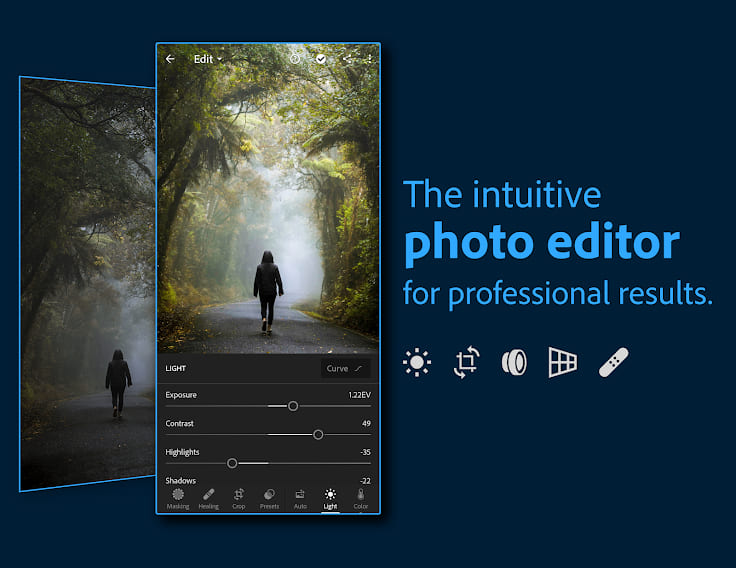
The Adobe Lightroom mobile app is part of a cloud-based workflow that includes storage of your entire photo library as well as access to full-resolution photos (original and altered) across all of your devices (mobile, laptop and desktop).
As a result, when you buy the whole Lightroom system (which starts at $9.99/month), you’re getting a robust photo-processing ecosystem with professional-level control and quality. If all you want is a great photo software on your phone or tablet, Lightroom Mobile is free, or you can pay $4.99 per month for a Premium subscription that includes 100GB of storage.
Lightroom Mobile is a fantastic tool for learning. Its ever-expanding library of interactive tutorials will show you how to edit photos like an expert. That’s excellent, because the feature set is extensive, with dozens of tools for working with exposure, color, selective editing, filters, and other aspects of photography.
The great majority of adjustments use slider controls with fast responsiveness so you can see precisely how the change impacts your image. Furthermore, the modifications are non-destructive, allowing you to go back to your original image at any time.
Lightroom offers a Discover tab, where you can watch animations of the steps other photographers and artists used to create their greatest photographs, in addition to the simple social sharing. Additionally, Lightroom Discover allows you to add your own modified photos.
Lightroom Mobile is a fantastic photo tool for anyone who wants to get the most out of their photos. However, for those who don’t want to spend time performing more than a fast lightening, cropping, or special effect before sharing their photos, it may be overkill. – What factors should you consider before selecting the finest photo editing app? The photo-related app market is quite crowded and competitive.
As a result, when one app introduces a popular feature, others immediately follow suit. Snapchat‘s success with its disappearing photo and video messaging, for example, has spawned imitators.
The greatest picture editing apps, in general, are divided into two categories: those aimed at everyday consumers and those aimed at professional photographers or prosumers.
Although we’ve included both sorts of apps on this list, it’s important to consider your needs before selecting one. The majority of the finest picture editing apps, like other applications, provide you a limited amount of capabilities for free, but you must pay a monthly or annual membership to access the complete set of tools.

